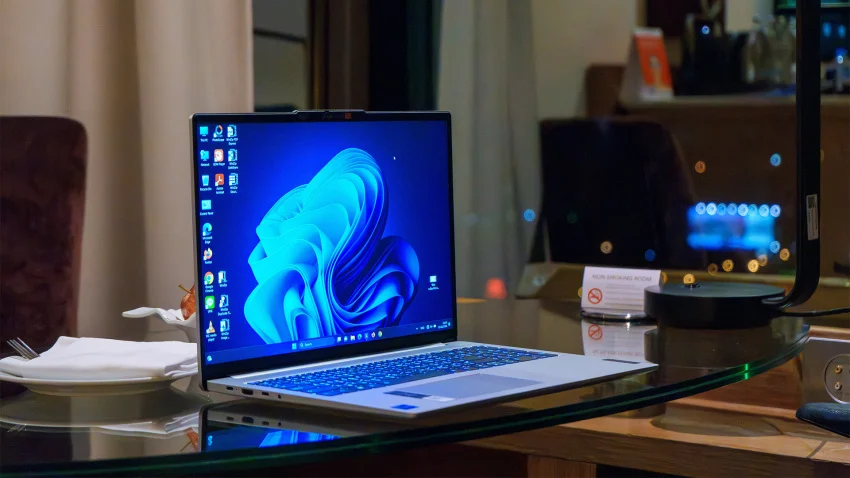

Speeding up the boot time of your Windows PC can make a significant difference in your daily computing experience. Here are 6 simple tricks to help your PC boot faster:
1. Disable Startup Programs
Many programs launch automatically during boot, which slows down your PC. Disabling unnecessary startup apps can significantly improve boot time.
How to do it:
- Press
Ctrl + Shift + Escto open Task Manager. - Go to the Startup tab.
- Disable any unnecessary programs by right-clicking and selecting Disable.
2. Enable Fast Startup
Windows 10 and 11 have a feature called Fast Startup, which can reduce boot time by partially hibernating the system instead of a full shutdown.
How to do it:
- Go to Control Panel > Power Options > Choose what the power buttons do.
- Click Change settings that are currently unavailable.
- Check the box for Turn on fast startup.
- Click Save changes.
3. Update Drivers and Windows
Outdated drivers or Windows itself can slow down the boot process. Make sure you’re running the latest versions.
How to do it:
- Go to Settings > Windows Update to check for updates.
- For drivers, go to Device Manager, right-click on the device, and select Update driver.
4. Reduce Visual Effects
While visual effects make the interface look smoother, they can add extra load during boot time. Reducing these effects can improve performance.
How to do it:
- Right-click on This PC and select Properties.
- Click on Advanced system settings.
- Under Performance, click Settings.
- Select Adjust for best performance or manually deselect unnecessary effects.
5. Upgrade to an SSD
If you’re still using a traditional hard drive (HDD), upgrading to a Solid-State Drive (SSD) can drastically improve boot times. SSDs are much faster at reading data than HDDs.
How to do it:
- Purchase an SSD, then clone your Windows installation to it or do a fresh installation of Windows on the SSD.
6. Clear Out Temporary Files and Defragment Your Disk (HDD only)
Over time, temporary files and disk fragmentation can slow down your boot process. Cleaning them up helps improve performance.
How to do it:
- Use the built-in Disk Cleanup tool to delete temporary files.
- For HDDs (not SSDs), use Defragment and Optimize Drives (found in Start > search for “defrag”) to improve disk efficiency.
These tweaks should help make your Windows PC boot faster and run more smoothly!
Leave a Reply